Image generation is a powerful tool that is increasingly being used in various fields, from entertainment to advertising and education. However, selecting the best prompts for image generation can be a daunting task, as it requires careful consideration of a variety of factors.
How do AI Image Generators Work?
Image Generators like DALL·E and MidJourney have not explicitly been ‘taught’ anything, like who Tom Cruise is, what coffee beans look like, or what a wide-angle lens does. An image generator has just studied hundreds of millions of images & captions and is left to draw its own conclusions. That’s why there can’t be a regular manual, based on functionality that the developers intentionally programmed in – even the creators of an image generator cannot be sure what it has or hasn’t ‘learned’, or what it thinks different phrases mean. Instead, we have to ‘discover’ what an AI image generator is capable of, and how it reacts.
What is a Prompt?
A prompt is a sentence, preferably short (but can go up to 400 characters for DALL·E and 6,000 characters for MidJourney), that describes the image you want. A specific outcome may require a more precise prompt. For instance, the adjective “action photography” implies various characteristics about shutter speed, framing, and lens choices. While phrases like “4k,” “8k,” “high quality,” “trending,” “award-winning,” “acclaimed,” and “on ArtStation” may signal desired outcomes, their actual impact is uncertain. Simple tweaks to prompts can significantly boost performance in text AI models. Similarly, photographic prompt terminology, such as “close-up,” can apply to illustrations. Defining how a piece of 3D art is photographed is also possible. Adjectives like “art deco” can affect multiple factors, including illustration style, clothing, and materials of the subject. Even seemingly superficial prompts can have broader effects. For example, defining a camera or lens can signal a professional and higher-quality photo. When a style is challenging to achieve, “doubling down” on related terms can help. Creating specific outputs may require knowledge of jargon related to the subject matter. For instance, knowing about architectural periods, famous architects, and names of architectural details can help create specific outputs of buildings. Similarly, learning about candlesticks, cartoons, or candy wrappers can help generate more precise prompts.
Prompt Design for Image Generation
Let us now list the key considerations for selecting the best prompts for image generation. The images below are generated using DALL·E.
Purpose
The first consideration is the purpose of the image. Depending on the purpose of the image, different types of prompts may be more effective. For example, if the purpose is to create an image for an advertisement, a prompt that focuses on the product or service being advertised may be more effective. On the other hand, if the purpose is to create an image for a storybook, a prompt that focuses on the narrative or characters may be more appropriate.
Suppose a company wants to create an image for its new line of running shoes. In this case, the prompt should focus on the shoes and their features. A suitable prompt could be
Generate an image of a runner wearing our new line of shoes, with a close-up of the shoes highlighting their unique design and technology.
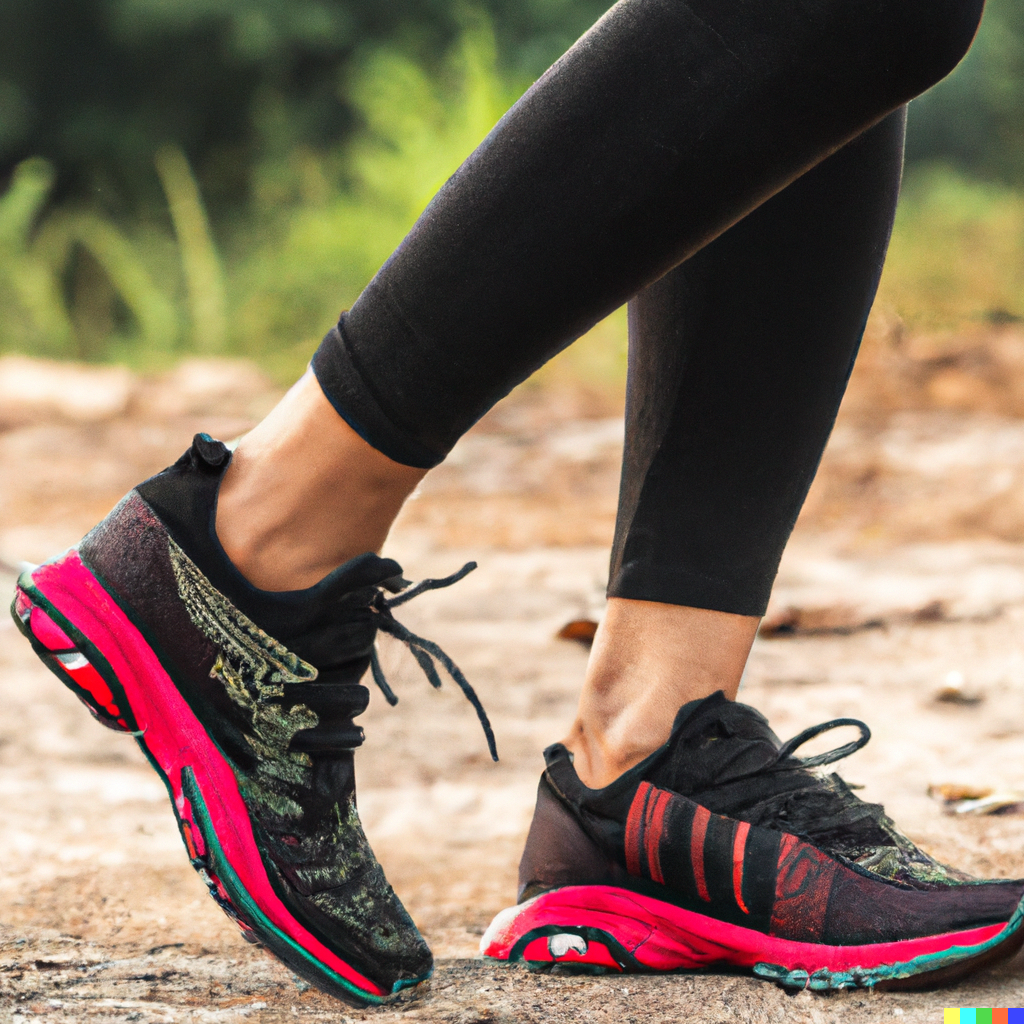
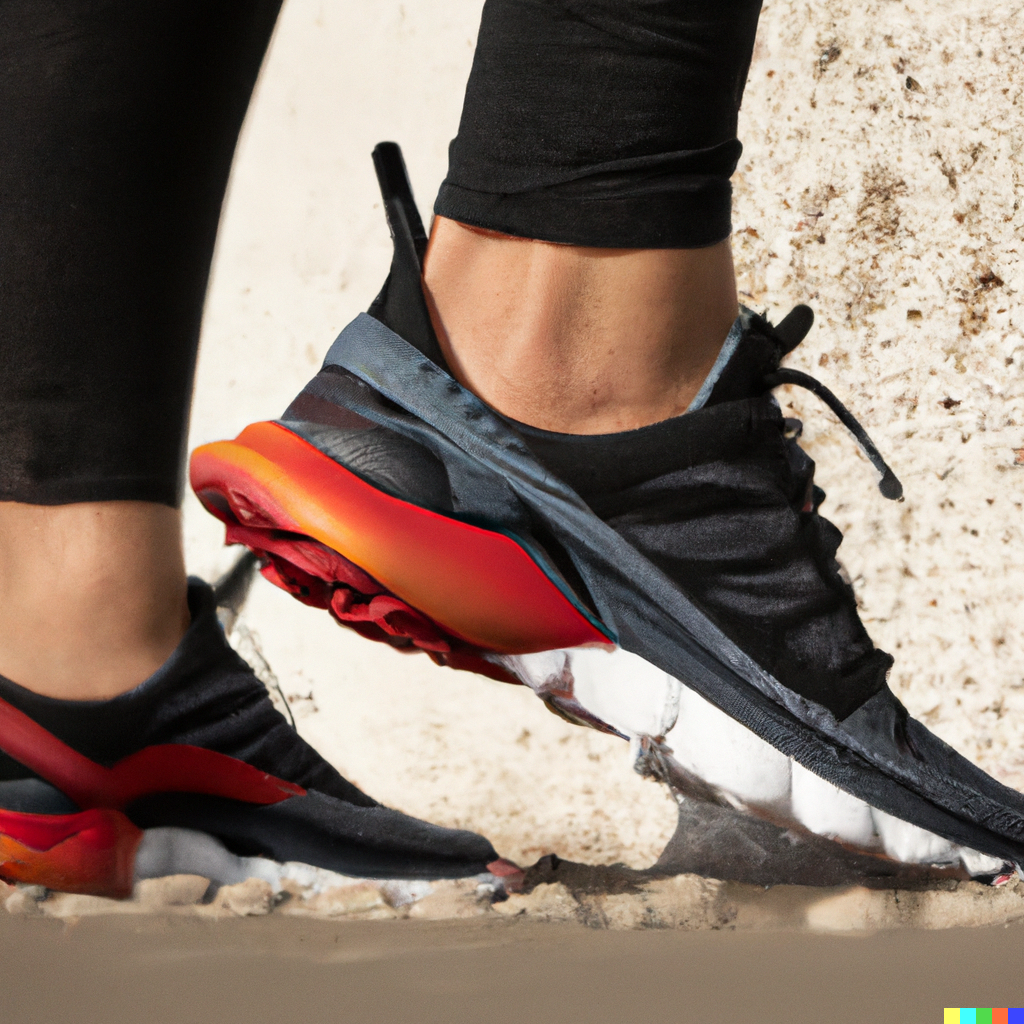
Target Audience
The target audience can influence the choice of prompts, as different audiences may respond differently to different types of images. For example, if the target audience is children, prompts that are bright and colorful and feature cartoon characters may be more effective. Alternatively, if the target audience is adults, prompts that are more sophisticated and nuanced may be more appropriate.
Suppose a children’s book author wants to create an image for their latest book. In this case, the prompt should be child-friendly and visually engaging. A suitable prompt could be
Create an image of a young girl and her animal friends having a picnic in a colorful meadow, with butterflies and birds flying around. 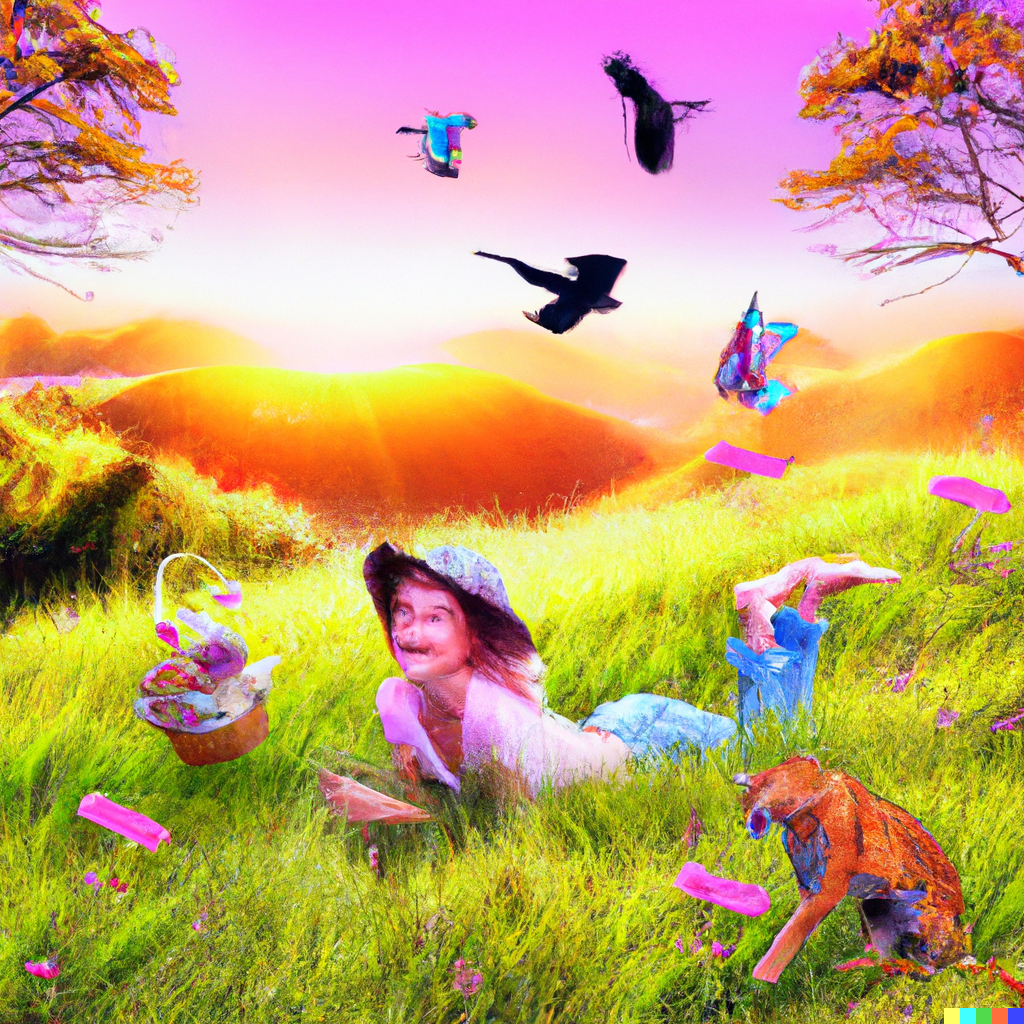
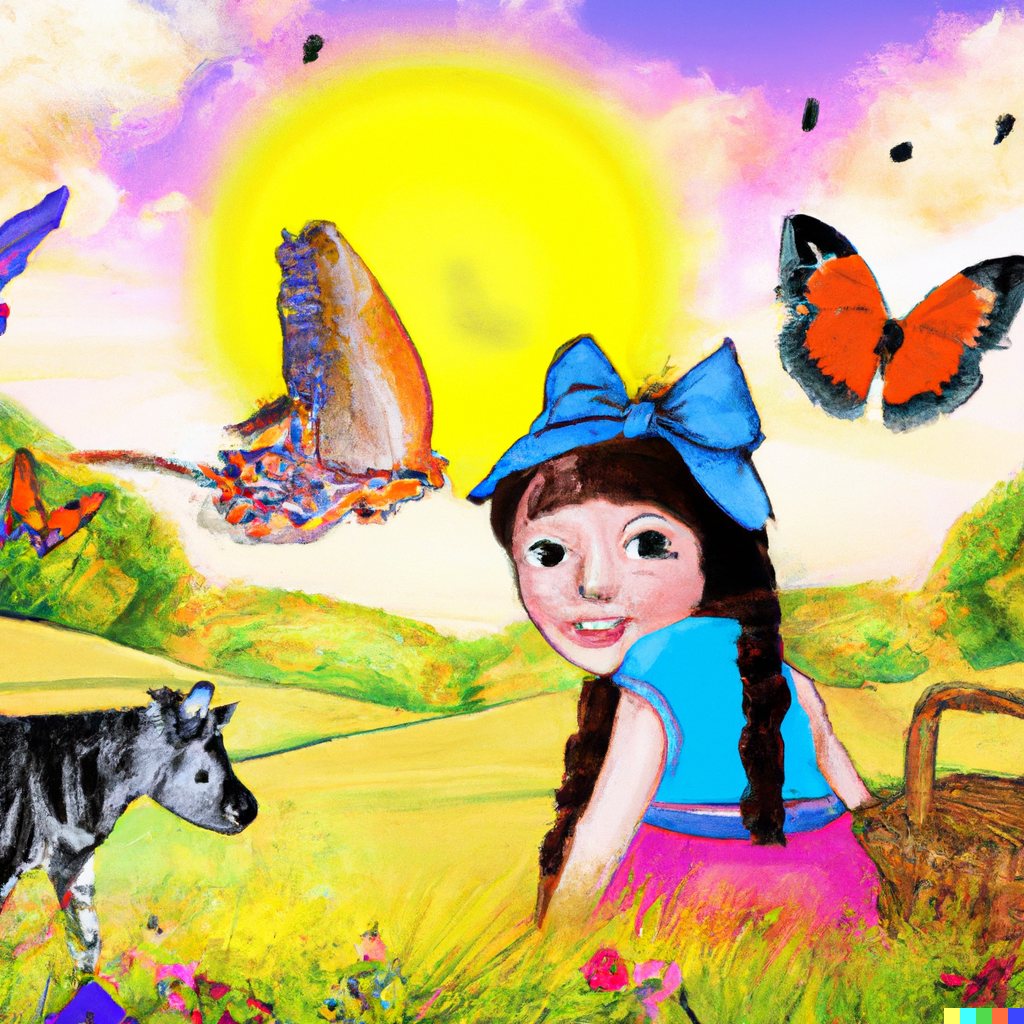
Level of Complexity
The level of complexity of the prompt can influence the quality of the generated image. If the prompt is too simple or vague, the generated image may be too basic or generic. On the other hand, if the prompt is too complex or specific, it may be difficult for the image generation software to interpret the prompt and generate a suitable image accurately. Therefore, the prompt should strike a balance between being specific enough to convey the desired image and being open enough to allow for creative interpretation.
Suppose a travel company wants to create an image for its latest promotion. In this case, the prompt should be specific enough to convey the desired image, but not too complex. A suitable prompt could be
Generate an image of a couple sitting on a beach, with palm trees and clear blue water in the background. 

Style of the Image
The style of the image can also influence the choice of prompts. Different prompts may evoke different styles, such as realistic, cartoonish, or abstract. The style of the image should be appropriate for the purpose and target audience of the image.
Suppose an art museum wants to create an image for its upcoming exhibit. In this case, the prompt should be appropriate for the artistic style of the exhibit. A suitable prompt could be
Create an image of a still life with objects from everyday life, using a color palette inspired by impressionist paintings. 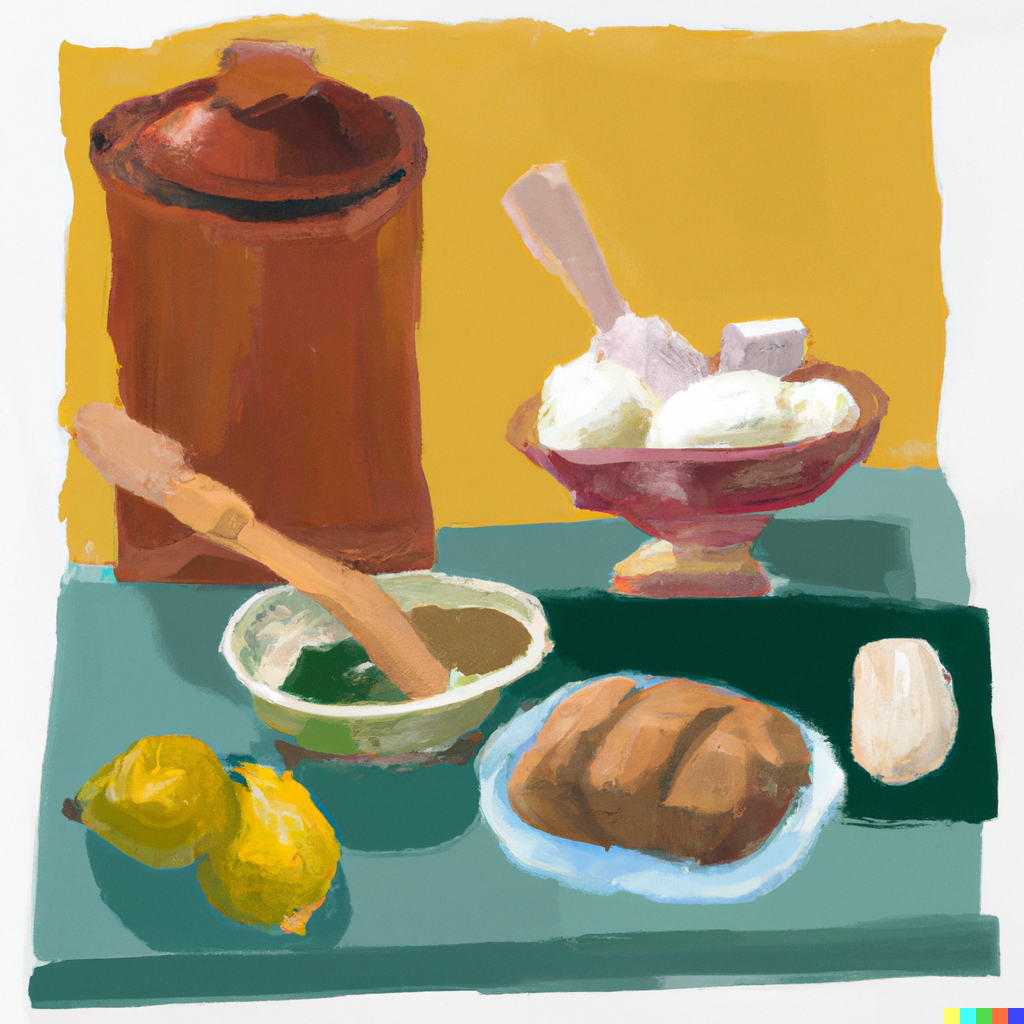
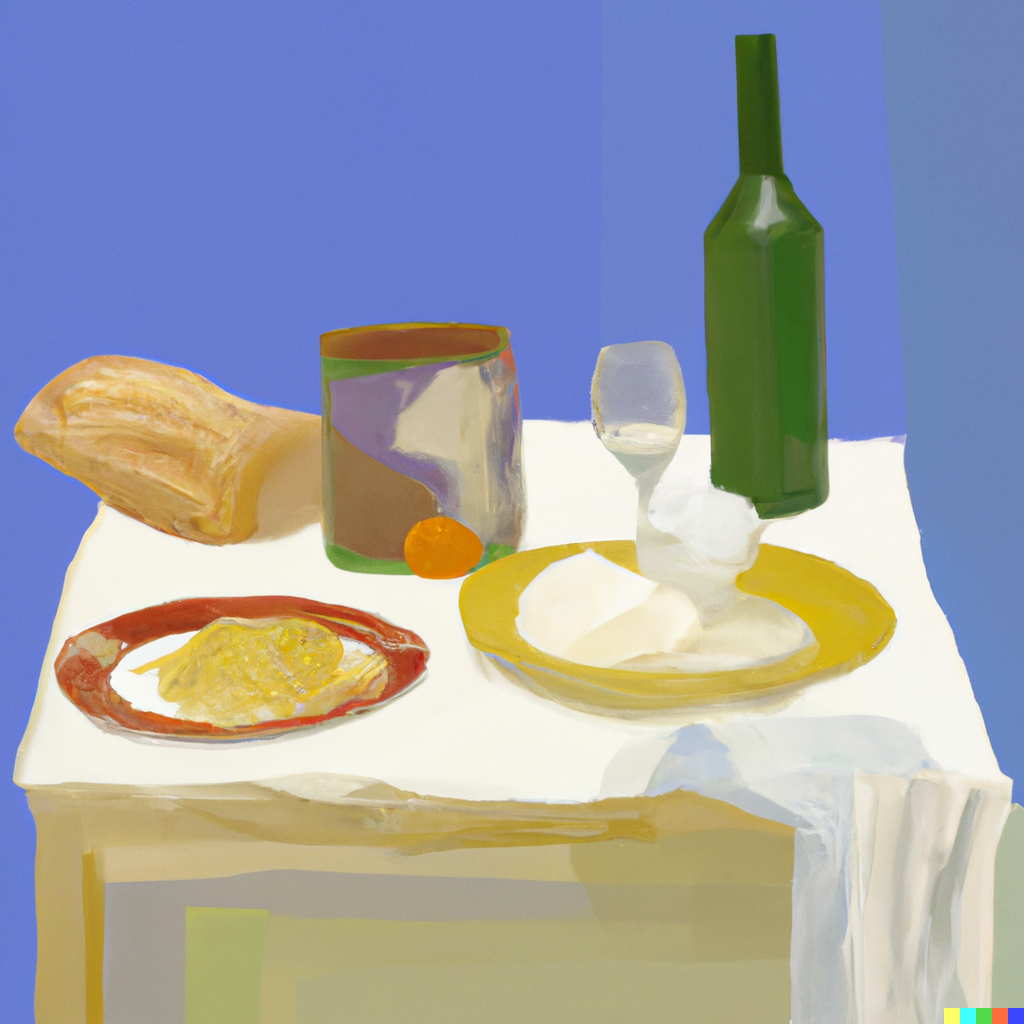
Diversity of the Prompts
It’s essential to consider the diversity of the prompts. The prompts should be varied enough to allow the model to explore a wide range of possibilities. Using a diverse range of prompts can help ensure that the generated images are not repetitive or predictable. It’s important to consider different types of prompts, such as visual or textual, and to ensure that they cover a wide range of concepts and ideas.
A snowy mountain peak with an alpine lake and a cabin in the distance. 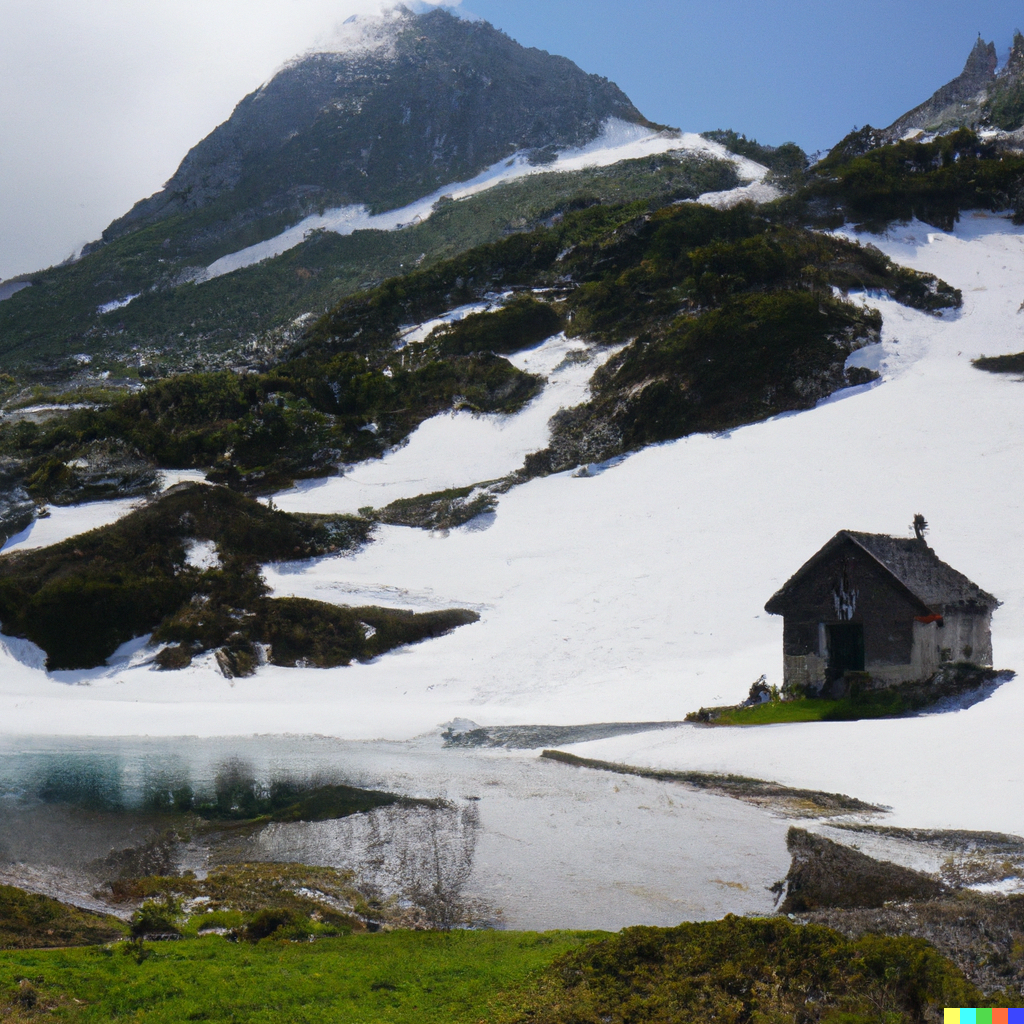
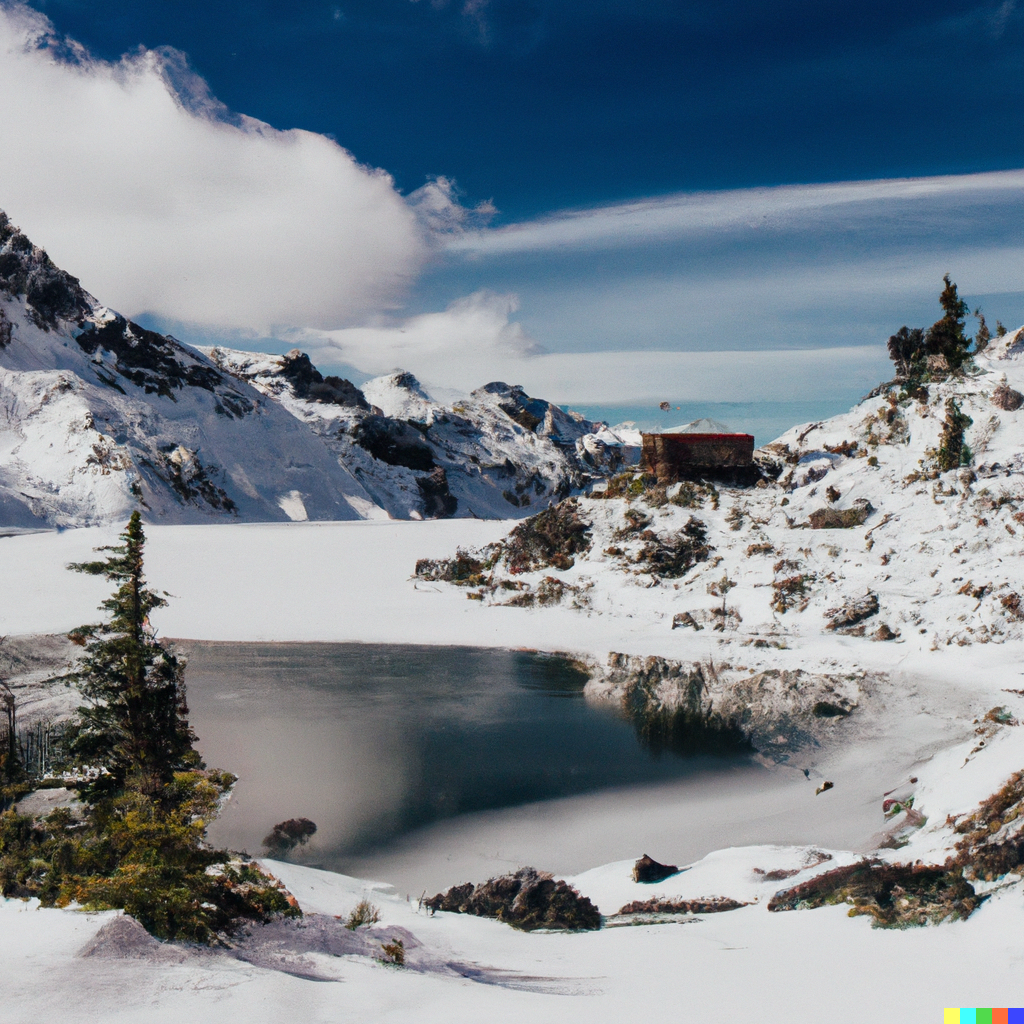
Evaluating Quality
Finally, it’s important to evaluate the quality of the generated images and adjust the prompts as necessary. It’s not always easy to select the best prompts, and it may take some experimentation to find the right combination. Evaluating the quality of the generated images and adjusting the prompts accordingly can help ensure that the generated images meet the desired standards.
The above images of snowy mountains can be improved by more detailed prompts.
A photo of a snowy mountain peak with an alpine lake and a cabin in the distance with more realistic lighting and shading, such as natural sunlight or artificial indoor lighting. 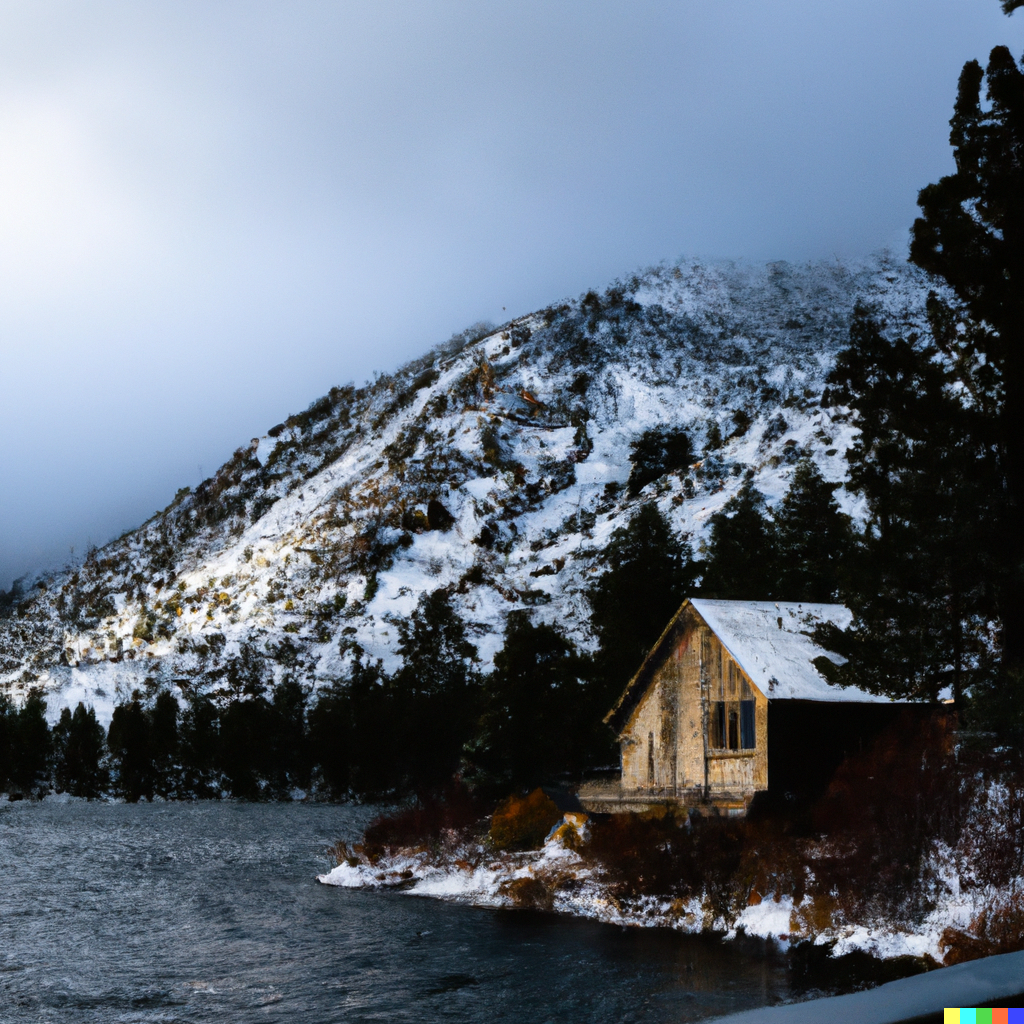
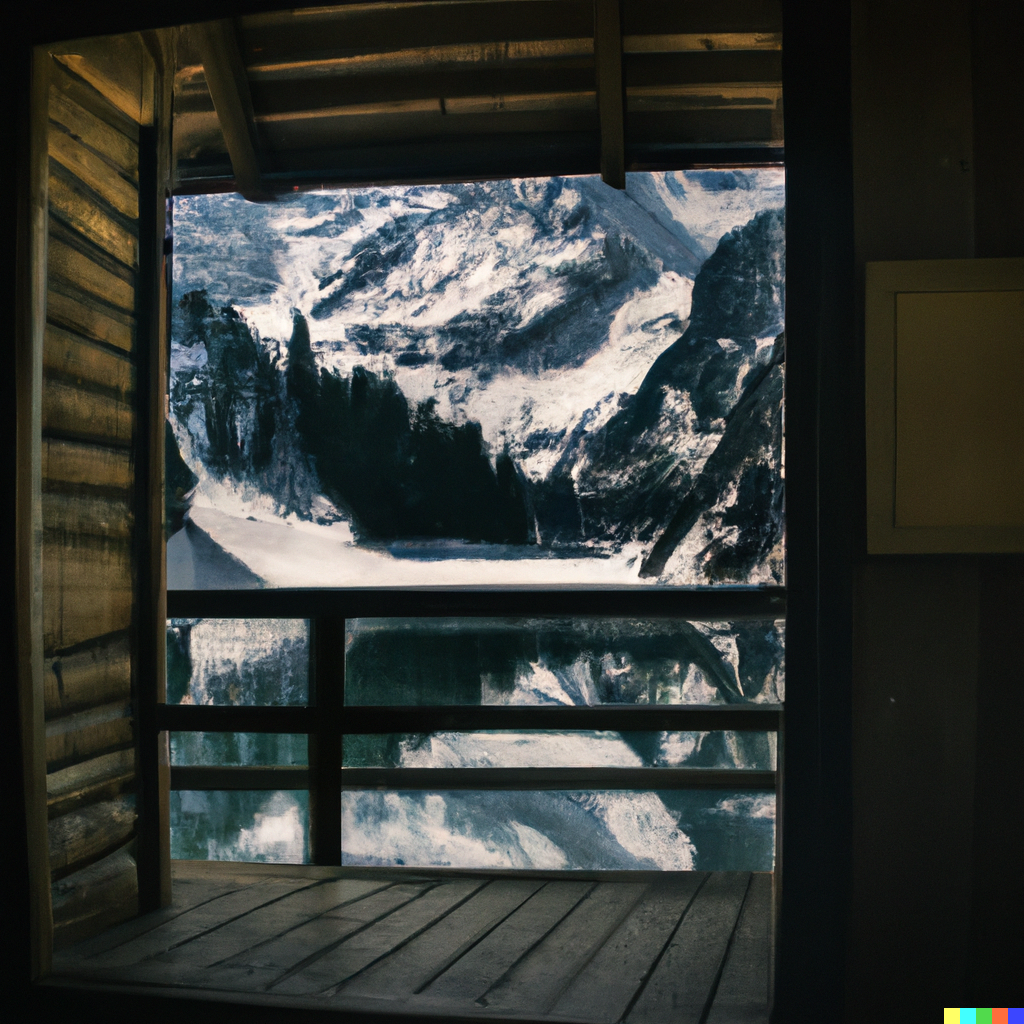
A drawing of a snowy mountain peak with an alpine lake and a cabin in the distance with more realistic lighting and shading, such as natural sunlight or artificial indoor lighting.
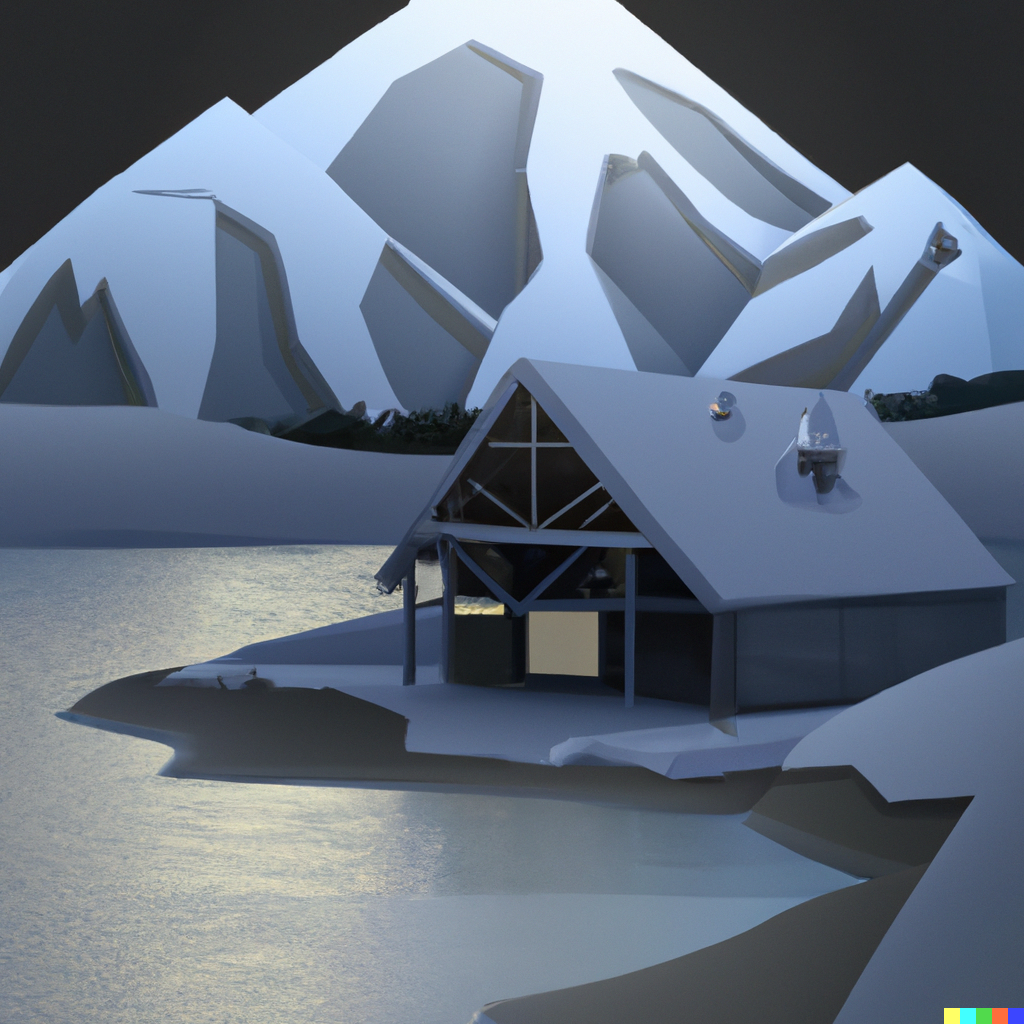
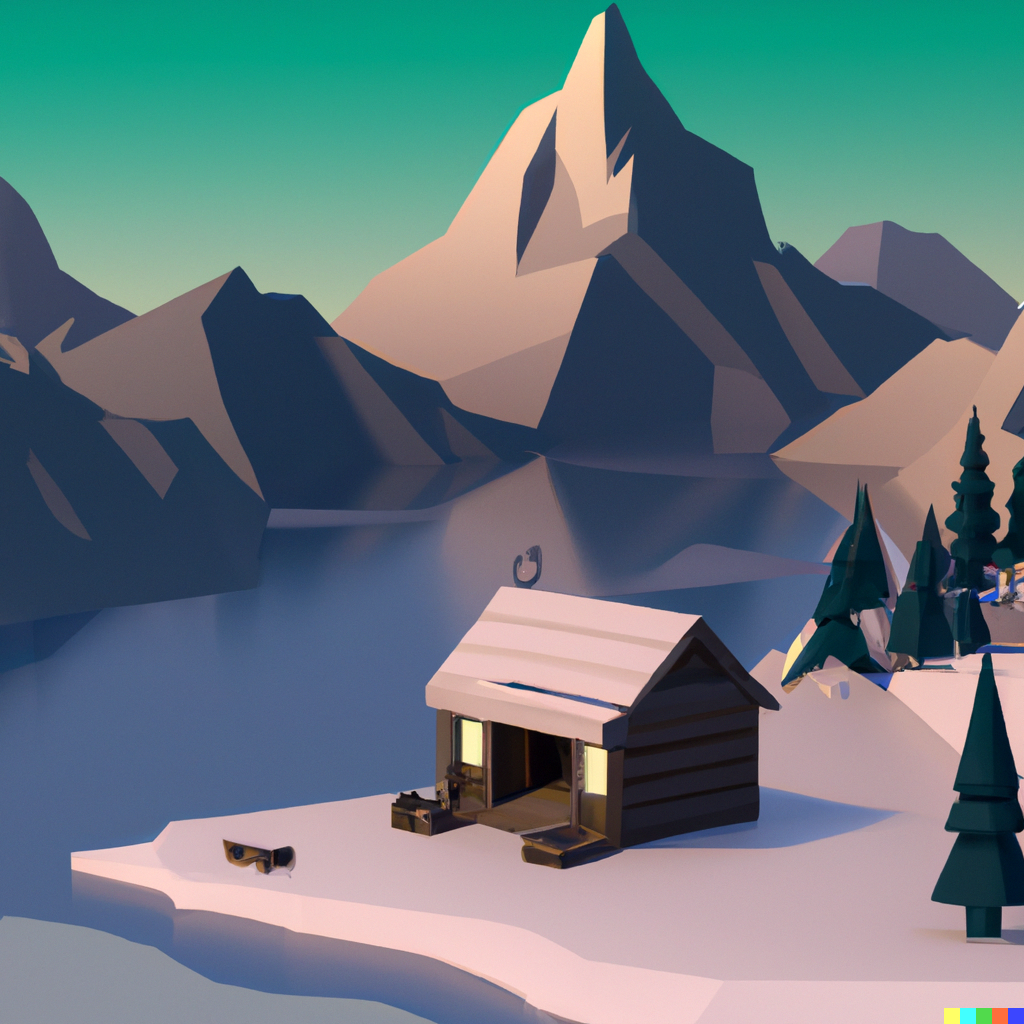
In conclusion, selecting the right prompts is essential for generating high-quality images. By taking these factors into account, you can increase the likelihood of generating high-quality images that meet your desired specifications.